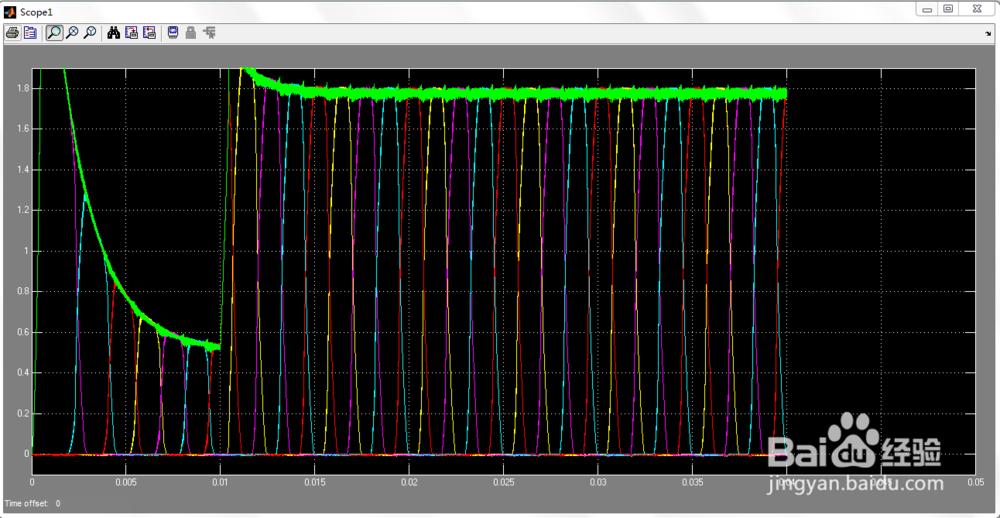

The latest version of this software is used for design control, computer vision, communication and image processing. In this tutorial, we will discuss how to maximize a figure using the figure() function in MATLAB.

It has health monitoring systems and smart power grids. The Image Processing Toolbox has conventions for two additional image display models: grayscale and binary. Any suggestions would be greatly appreciated. Matlab r2017b is a programming software to transform our world. In my previous posts (February 9, February 22, and February 29), I discussed the truecolor and indexed image display models in MATLAB, as well as the direct and scaled variations of indexed display. HBrushLine = findall ( gca, 'tag', 'Brushing' ) īrushedData = get (hBrushLine, %assign the function handleĬlearBrushingData(gcf) %clear all brushed data This will set the size only while initializing the figure.

We can now easily get the brushed data using this line’s XData and YData properties: non-brushed data points simply have NaN values: MATLAB is the language of technical computing at leading engineering and science companies and the standard software at more than 5000 universities worldwide. More importantly for our needs, we see a new line item called ‘Brushing’, which displays the red lines and data points that we seek. UIInspect-ion of a data-brushed plot (click for details)Ī couple of alternative answers to the reader’s question were immediately apparent: Directly accessing brushed dataįirst, we notice that data brushing added data-brushing context menus, both of which are called BrushSeriesContextMenu (the duplication is an internal Matlab bug, that does not affect usability as far as I can tell).Īlso, an invisible scribe overlay axes has been added to hold the new annotations (data brushing is considered an annotation scribe axes deserve a separate article, which they will indeed get someday).


 0 kommentar(er)
0 kommentar(er)
